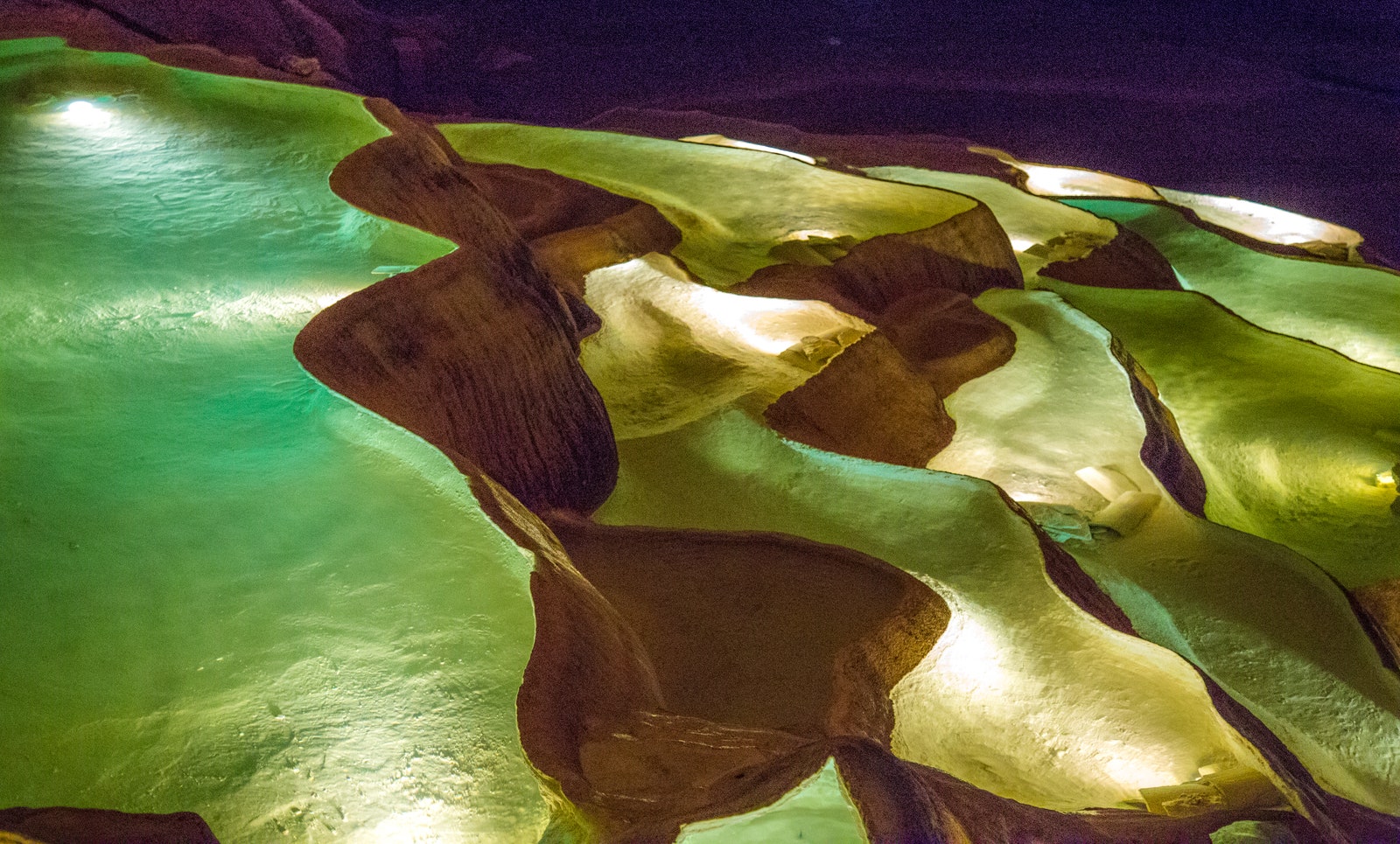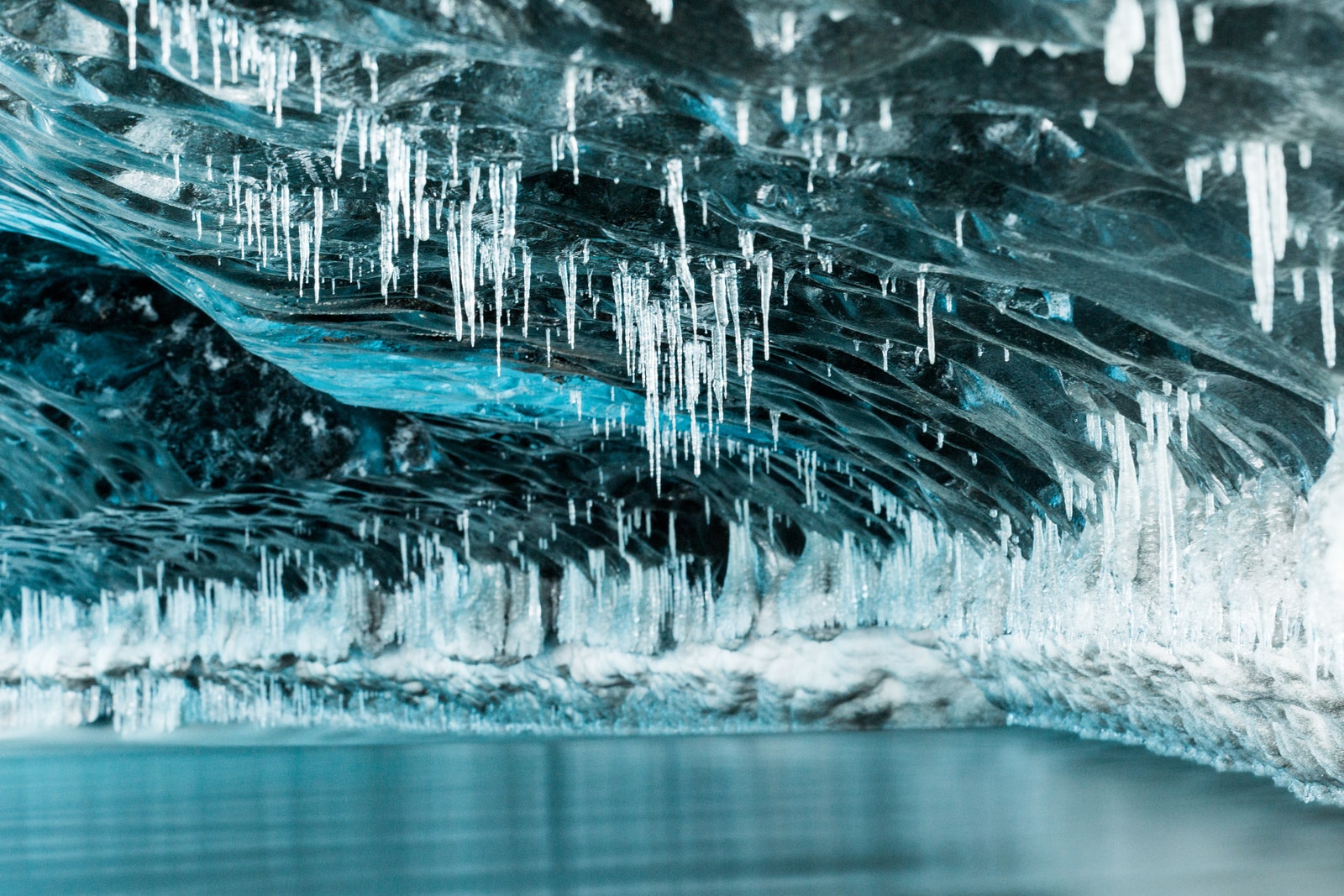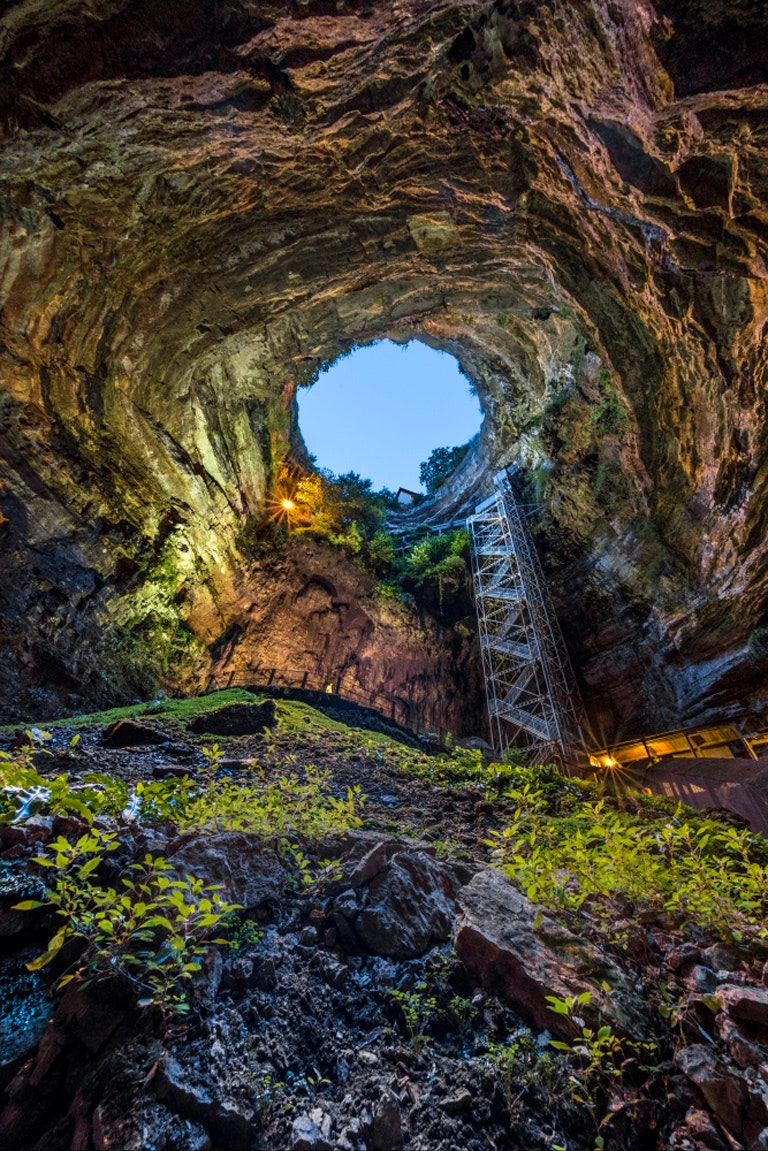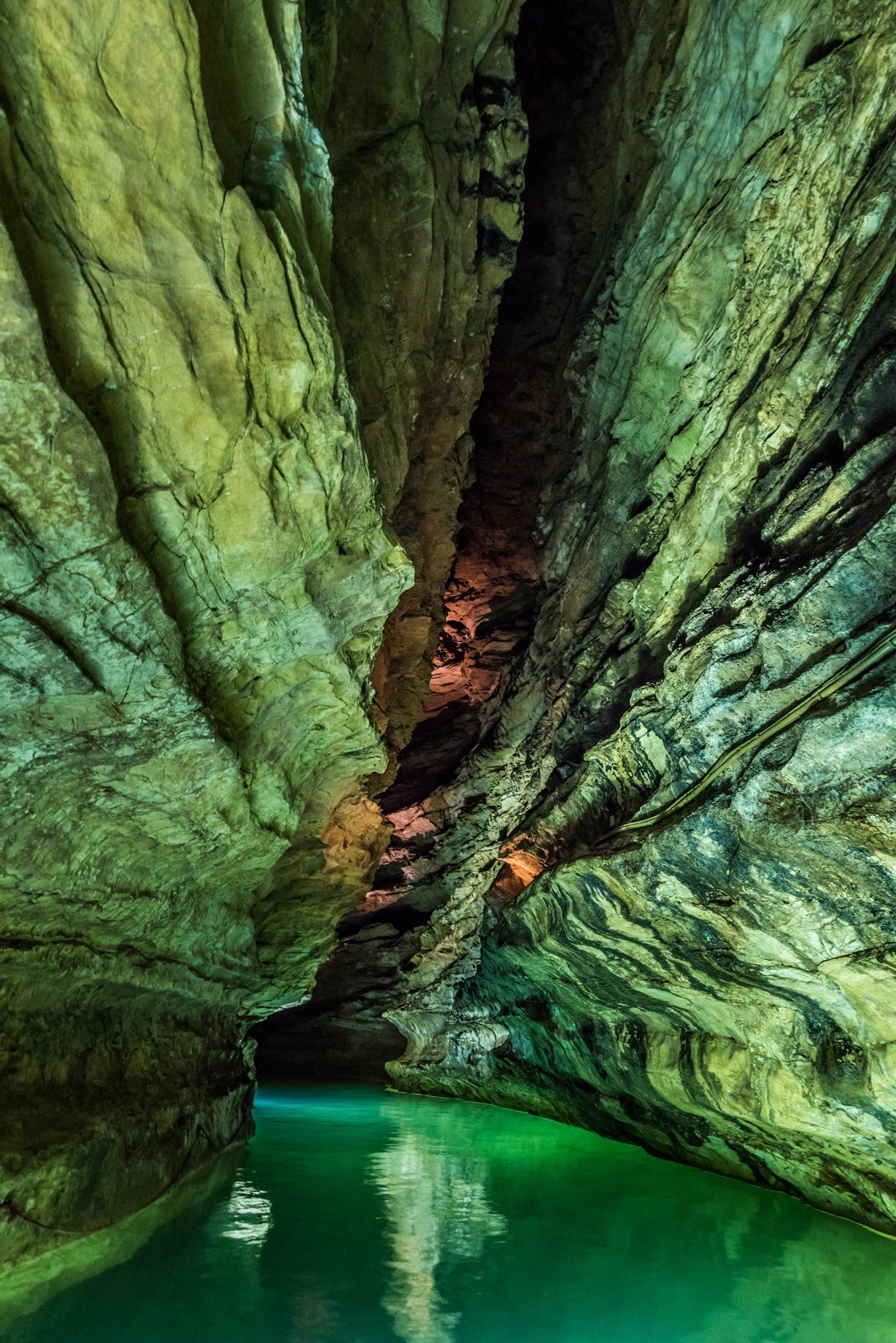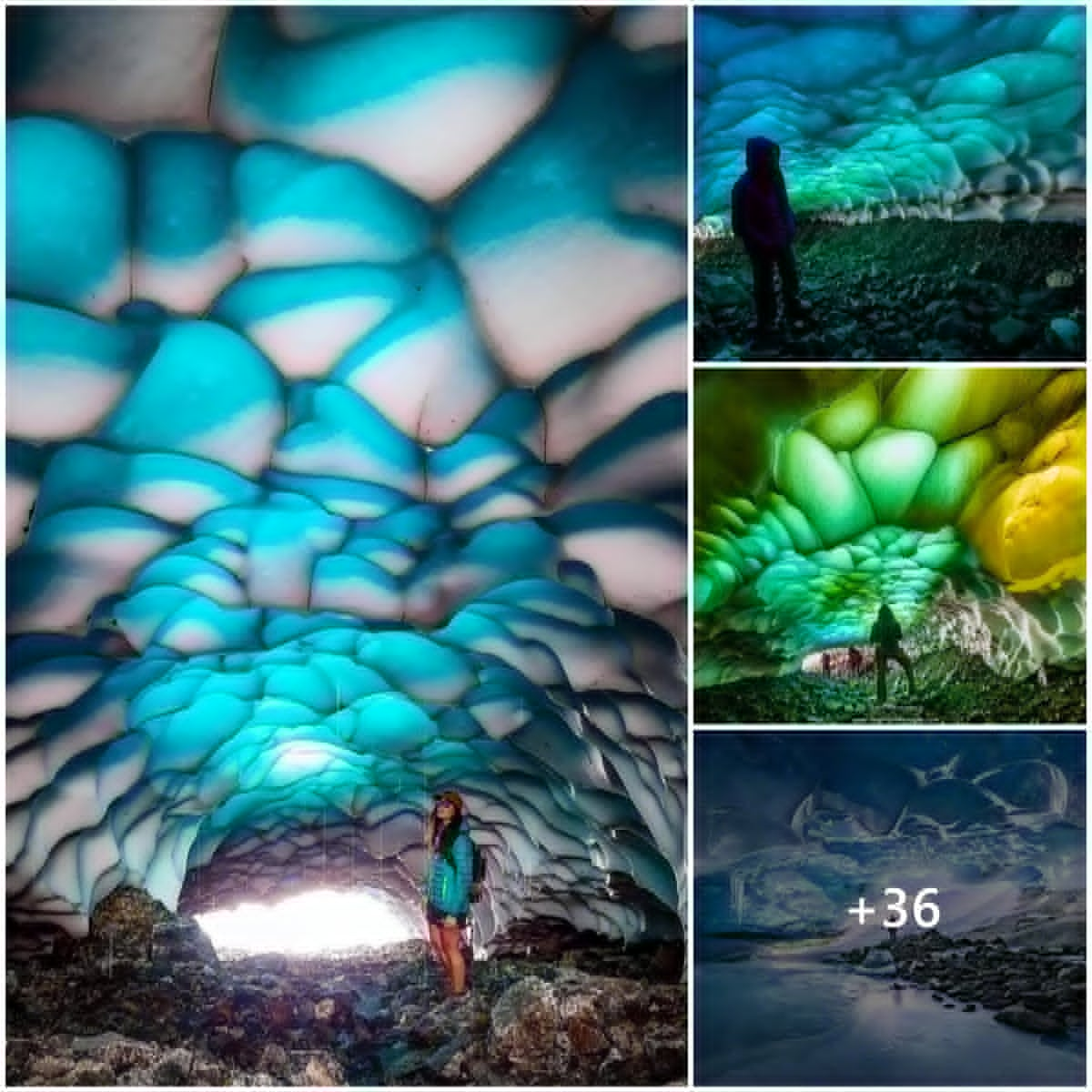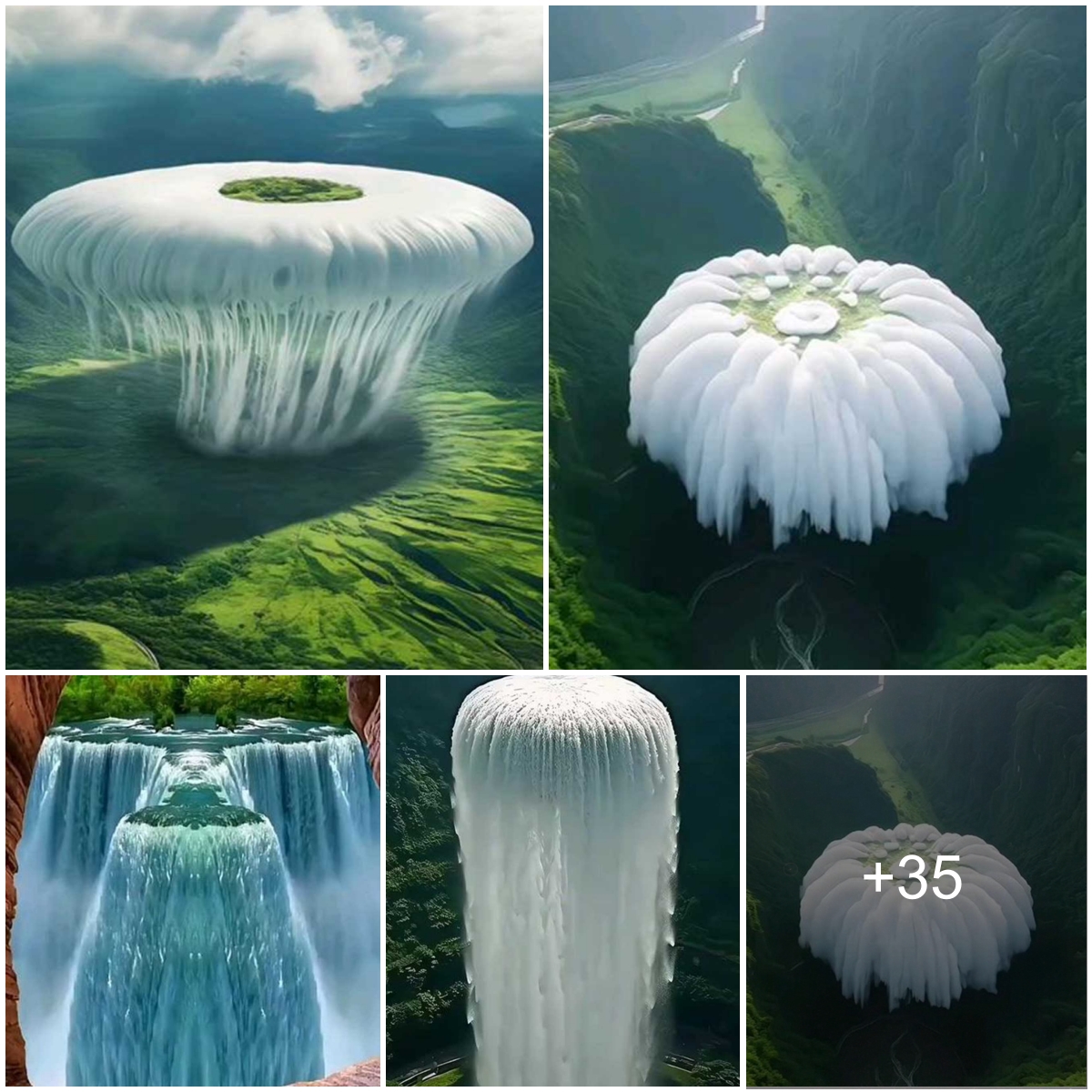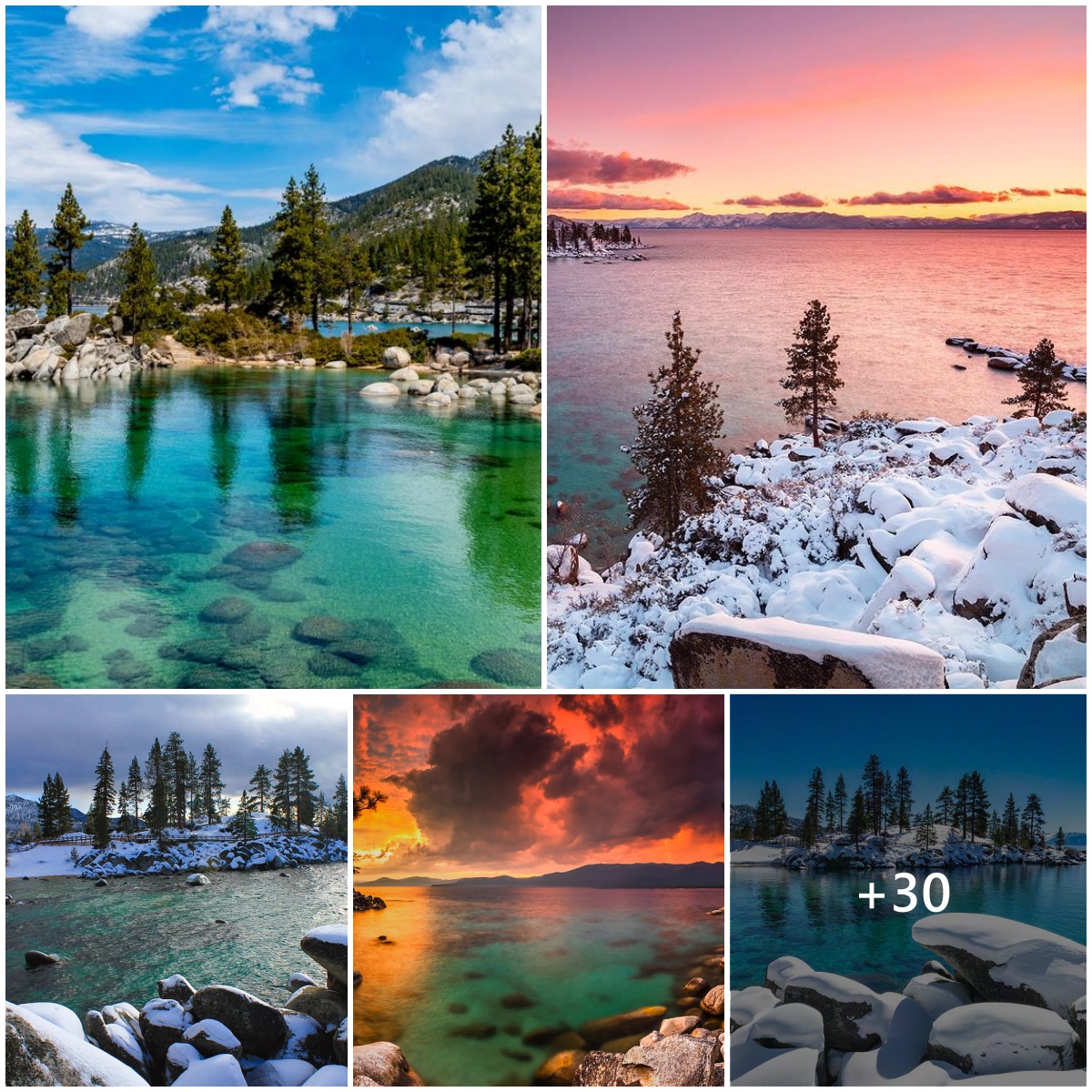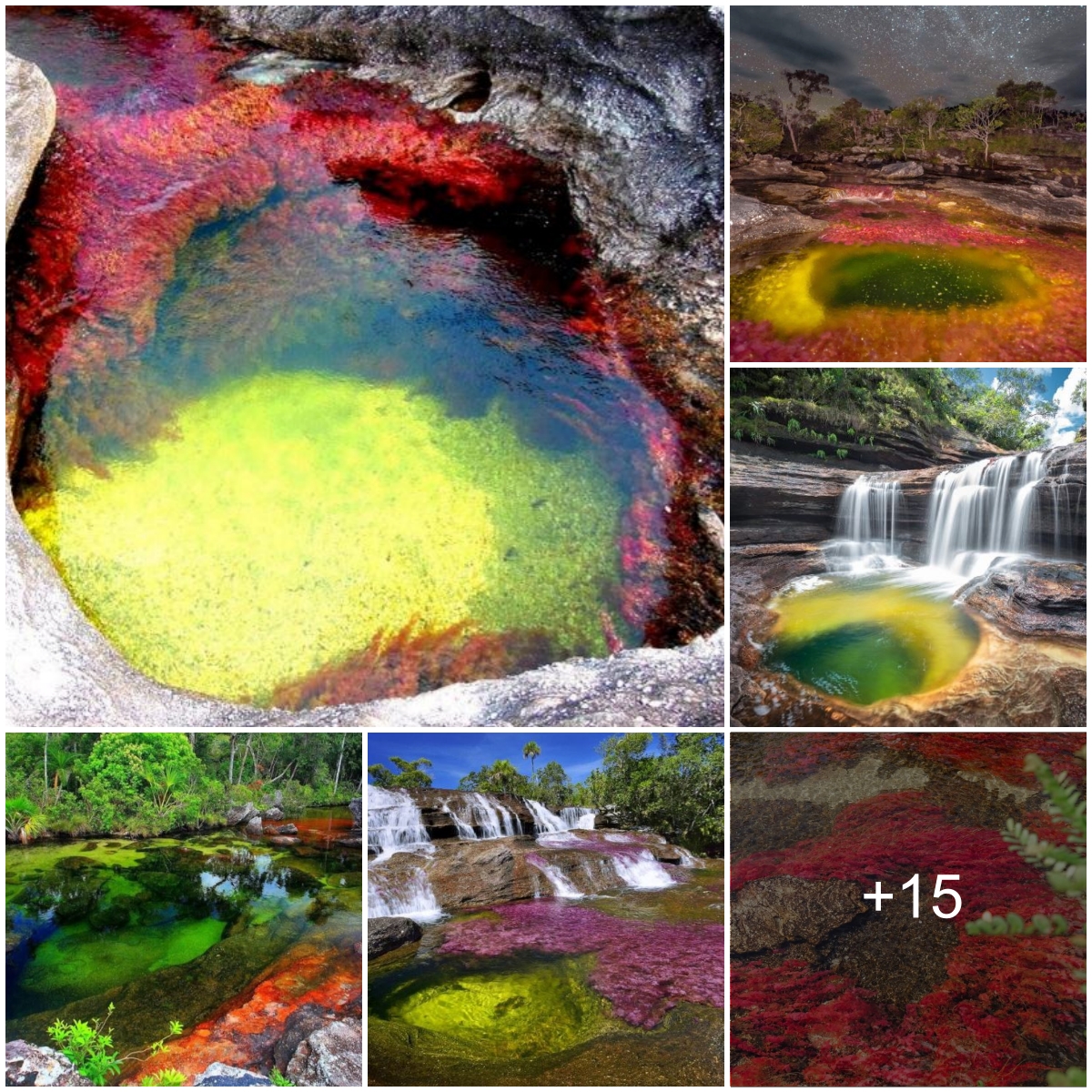Located on a small volcanic island, Fingal’s Cave, also known as the Musical Cave, produces astonishing sounds when the sea rushes through its basalt opening. The frozen, hexagonal columns of lava, which can reach a height of up to 230 feet, were formed some 59 million years ago and helped earn the site its status as a national nature reserve. A place of legend, its columns and pillars have been compared to those of the Giant’s Causeway in Northern Ireland, and have inspired writers such as Jules Verne, the painter William Turner, and even the group Pink Floyd, more recently.
Grotte Saint-Marcel, France
Listed as a National Natural Heritage Site in 1934, the Grotte Saint-Marcel in the Ardèche department in southeastern France is one of the most spectacular natural caves in the world. With over 40 miles of galleries and caverns and home to rock paintings that date back 20,000 years, the Grotte Saint-Marcel appears to have been used by Neanderthals as early as 40,000 years ago. The cave also has many basins and pools—including a series of roughly 100 calcite basins that form a cascading waterfall— adding to its unique atmosphere.
Skaftafell Ice Cave, Iceland
The Skaftafell Ice Cave is located in Vatnajökull National Park, one of the most beautiful nature reserves in southeastern Iceland. As if it were made of crystal, the cave’s many openings create bewitching shafts of light, plunging into the giant, icy bowels of this tunnel in blue and white. Constantly changing, the cave expands, erodes, and forms new caverns with the passage of time.
Padirac Chasm, France
This extraordinary site in France’s Dordogne Valley is the country’s most famous natural underground heritage site. A vertical entry plunges into the earth, passing through a verdant cavern that has been carved out through erosion caused by water pouring down the rocky opening. The immensity of the chasm—it is 340 feet deep—can feel a bit like entering the center of the Earth. Upon reaching the bottom, visitors will find a turquoise underground river.
